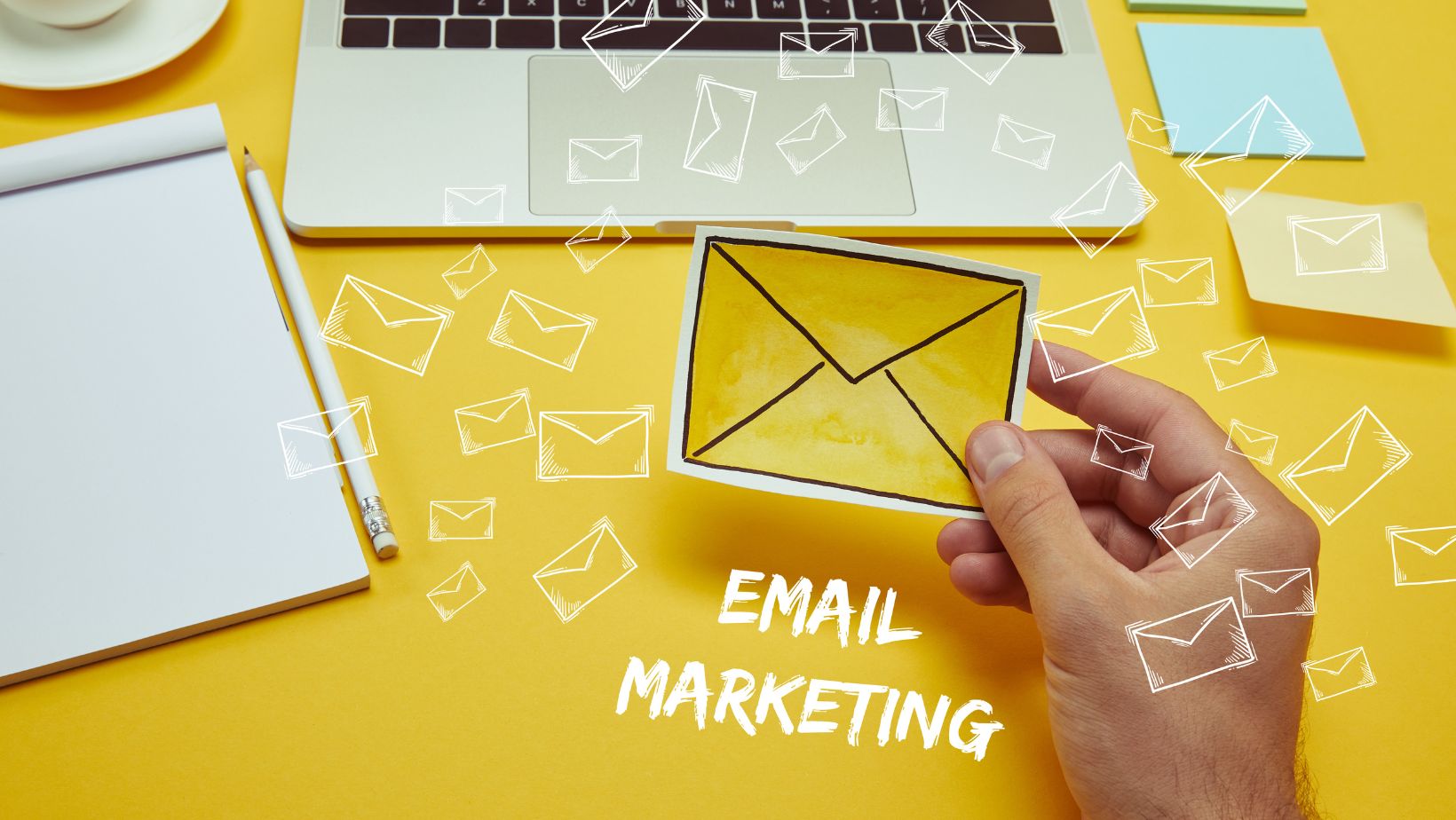What’s the best marketing approach to fostering meaningful customer engagement, boosting sales, or successfully promoting a product launch? Kicking your social media presence into high gear may come to mind first, but well-thought-out email marketing campaigns still come out on top, whether we’re talking engagement metrics or ROI.
Then, how do you put together an email marketing campaign that’s both secure and delivers as promised? Follow our step-by-step guide to start creating impactful campaigns of your own.
Define the Campaign’s Goals
Email’s versatility can also be a pitfall for inexperienced marketers. Broad, undefined goals destroy user engagement and leave you with little room to analyze and improve.
A successful campaign always starts with a clear, actionable goal. This can be anything from promoting a new webinar to nudging fence-sitting customers to check that abandoned cart out. Defining these goals will inform everything else, from optimal conversion strategies to the campaign’s visuals and tone of voice.
Build a Robust Mailing List
Sending marketing emails only to organic contacts is absolutely essential. On the one hand, recipients who gave their consent will be more inclined to check the emails out and respond to your CTAs. On the other hand, high bounce rates from inactive or full addresses and having emails flagged as spam by people who don’t want to receive them hurts your credibility.
Avoid buying email lists. They’re unethical, unreliable, and may conflict with your email marketing platform’s terms of service. Instead, organically grow your list through voluntary double-opt-ins, meaning users should both fill out a form and respond to the opt-in email sent upon its completion. Be transparent about why you need their address and add consent reminders to email footers to reduce spam complaints.

One of the most important responsibilities you have regarding mailing lists is keeping them secure. Protect access to your marketing platforms with strong, unique passwords and store them in an encrypted vault. Don’t share passwords with your team through email or messaging platforms. Instead, use enterprise password managers that have built-in tools that make sharing credentials easy and secure.
Segment Your Audience
Voluntary participation is a good start, but you’ll reach even better results if you tailor the campaign to a specific portion of your audience. Demographics, ZIP codes, and purchasing histories are only a fraction of the criteria you can use to build impactful campaigns. Whichever criteria you go with, it’s always a good idea to make emails more personable by using recipients’ names, referencing their past actions, and demonstrating you value their input.
Craft Compelling Emails
Even the most receptive audience will quickly lose interest if your emails are confusing or appear spammy. Start each one with a short and relevant subject line, followed by an easy-to-read body and a can’t-miss call to action (CTA) that encourages proactive behavior.
Most recipients view email on their smartphones, so you’ll want to optimize the layout for mobile while keeping it responsive enough to look good on desktop, too. Use your brand colors and logo for consistency, but don’t be afraid to experiment with contrasting colors to make elements like links and CTAs more visually striking. Strategically use visuals to break up the body and help with attention.
Enforce Campaign Security
There are two facets to a secure email marketing campaign. The first is choosing a trustworthy DNS host and email service provider. Doing so will ensure your email address’s authenticity through protocols like SPF, DKIM, and DMARC to prevent phishing threats and spoofing. It also helps demonstrate compliance with GDPR, CAN-SPAM, and other laws you may need to follow.
Although mentioned earlier, protecting accounts associated with your email marketing efforts and the sensitive user and company data they hold is crucially important. To minimize data breach risks, you’ll want to secure each with a unique password and MFA. On top of that, make sure to get a password manager and encrypted cloud storage to keep everything under lock and key.

It’s important to access email marketing platforms, CRMs, and other valuable data sources safely, whether you’re in the office or working remotely. The solution is to use a VPN for multiple devices so that your entire team can maintain a secure connection across all their work tools without worrying about network vulnerabilities. It’s because VPN provide robust encryption, preventing anyone from taking advantage of unsecured networks like public Wi-Fi and intercepting account login information, campaign files, and other confidential data.
Analyze & Adapt
A clear campaign in full swing offers room for tinkering and data-gathering opportunities. You can experiment with different send times and engage in A/B testing. It might be a good idea to leverage AI to optimize subject lines, further personalize email content, etc. The results will help you steer current campaign trajectories towards fulfilling or surpassing the goals you set before and provide invaluable insight for future campaigns.


